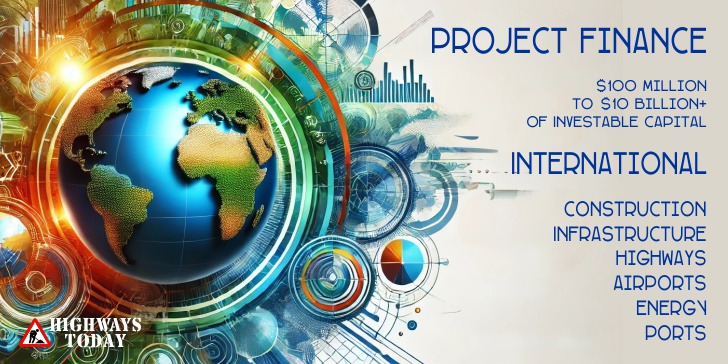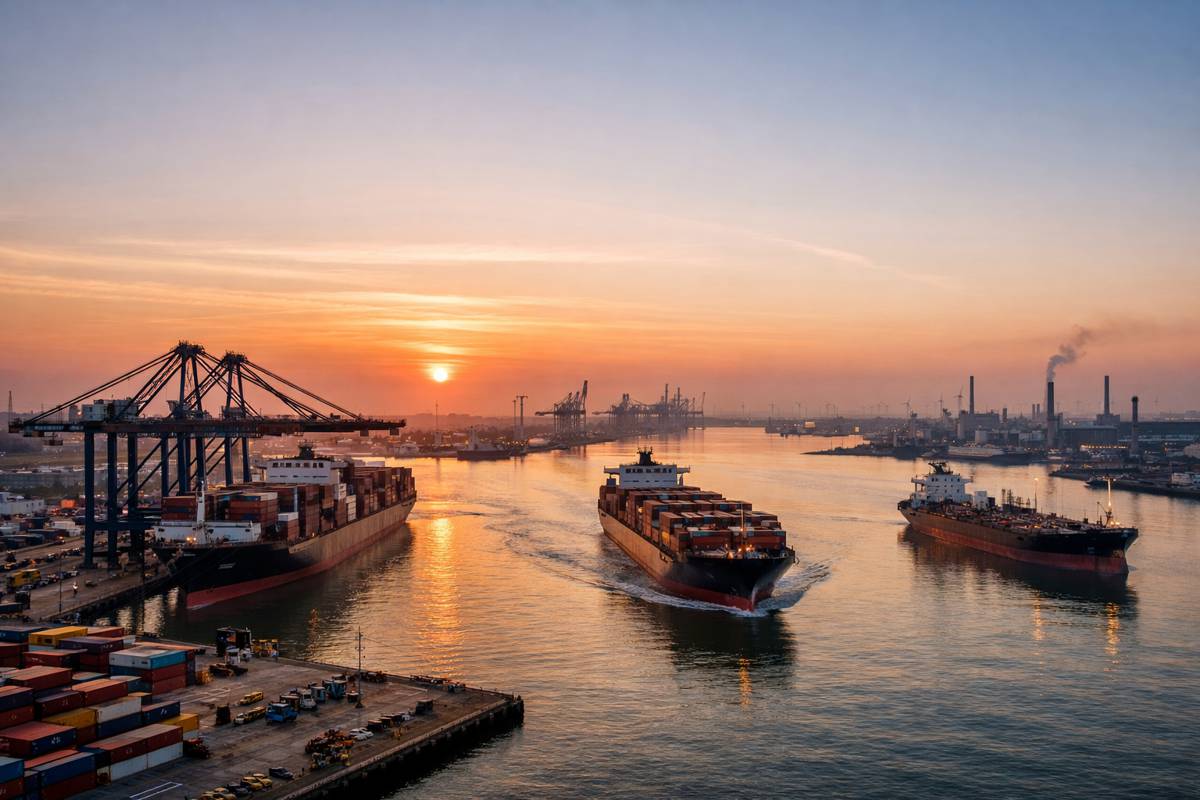Investment to Transform Manchester’s Transport Infrastructure
Greater Manchester is charging ahead with bold plans to reshape its transport infrastructure. With a strategic injection of millions of pounds, the city is set to deliver a range of projects that will not only enhance the Bee Network but also improve connectivity, sustainability, and accessibility for residents across the region.
The recent approvals by the Greater Manchester Bee Network Committee mark a critical step in the journey towards a fully integrated public transport system. Funded through the £1.07 billion City Region Sustainable Transport Settlement (CRSTS) awarded in 2022, alongside the Greater Manchester Transport Capital Programme, these projects aim to foster economic growth, support environmental goals, and create a more connected and inclusive society.
A Bold Vision for Transport in Manchester
The Bee Network stands at the heart of Manchester’s transport transformation. Its mission? To provide an integrated, affordable, and accessible public transport system that unites bus, tram, cycling, and walking routes. But it’s not just about getting from A to B. The network is an essential tool for driving sustainable economic growth, increasing productivity, and enabling social mobility by connecting people to education, jobs, and wider opportunities.
Moreover, the Bee Network plays a key role in supporting the region’s ambitions to reduce carbon emissions, regenerate key areas, and unlock housing growth, all while fostering active and healthy lifestyles through improved walking and cycling routes.
But what are the concrete steps being taken to make this vision a reality?
Major Funding Boosts Key Projects
The Bee Network Committee recently approved the release of funds for a variety of transport schemes aimed at tackling congestion, improving bus services, and enhancing cycling and pedestrian infrastructure. Here’s a breakdown of the key projects receiving support.
- Bus Pinch Points and Maintenance – £1 million: One of the immediate priorities is addressing pinch points in the bus network. These relatively low-cost interventions aim to improve bus journey times and reliability, making public transport a more attractive option for commuters. By upgrading infrastructure and addressing congestion hotspots, the city hopes to improve bus accessibility and keep services running smoothly.
- Sale West to North Altrincham Network Improvements – £600,000: This scheme focuses on improving the bus corridor between Sale West and North Altrincham. Planned upgrades include modernising traffic signals at five key junctions, installing a new zebra crossing for pedestrians and cyclists, and enhancing 10 bus stops along the route. These measures will boost the reliability of bus services and create safer, more efficient routes for all.
- High-Speed and Northern Powerhouse Rail – £1.31 million: In a push to revolutionise rail transport, funding has been allocated to further develop Greater Manchester’s plans for Northern Powerhouse Rail (NPR) and High-Speed Rail (HS2). This will focus particularly on key stations at Manchester Piccadilly, Manchester Airport, and Wigan. The project will also support the Liverpool Manchester Railway Board in building a business case for the new rail corridor, which is expected to open up new economic growth opportunities for the region.
Digital Enhancements to Improve Customer Experience
It’s not all about the physical infrastructure. A significant investment of £1.8 million will go towards upgrading digital systems to make public transport easier to navigate.
- Integrated Measures: Customer Travel Information Digital Improvements – £1.8 million: Technology plays an increasingly critical role in how people experience public transport. With this funding, Greater Manchester is poised to improve real-time travel information, both on the Bee Network app and at bus stops and interchanges across the city. The goal is to make it simpler for passengers to plan their journeys with greater confidence, whether they’re hopping on a bus, tram, or train.
These improvements will also be reflected on the Bee Network’s website, providing a more seamless and informed experience for the public. Ultimately, by improving access to real-time information, the city hopes to encourage more people to use public transport, which in turn helps reduce congestion and carbon emissions.
Major Station Upgrades and Active Travel Routes
Public transport hubs and active travel routes are set to receive a significant facelift with projects like the Salford Central Enhancements Scheme and further investment in cycling infrastructure.
- Salford Central Enhancements Scheme – £4.4 million: Salford Central Station, a vital transport hub, is due for a significant upgrade. This project will transform the station into a modern, accessible facility with improved operational services and a much-improved passenger experience. The upgrades will not only improve the flow of passengers but also help reinforce the station’s role as a central link in Greater Manchester’s transport system. This project is a collaborative effort, with Network Rail contributing £5 million and Northern Trains Ltd adding a further £492,000 to the pot. Together, these improvements will bring Salford Central in line with other modern transport hubs in the region.
- Active Travel Fund Tranche 4 (ATF4) Extension – £3.83 million: Active travel—cycling, walking, and wheeling—is a growing focus for Greater Manchester. The ATF4 extension will see nine new schemes developed across Bolton, Bury, Manchester, Stockport, Tameside, and Trafford. Each scheme is designed to make it safer and easier for people to choose sustainable travel options by providing new or upgraded crossing facilities. This investment forms part of the wider effort to create a network of active travel routes that connect residential areas with town centres and key employment hubs, ensuring that walking and cycling are viable options for more people.
- Bury Fishpool Phase 2 – £3.83 million: As part of Bury Council’s ongoing active travel programme, Phase 2 of the Fishpool project will deliver a suite of new walking and cycling routes linking Bury town centre to nearby residential areas. The scheme will include 0.5 km of segregated cycle tracks, new signalised junctions, and two toucan crossings. This is in addition to a quieter cycle route along Gigg Lane, designed to encourage more people to travel sustainably.
- Bury Pimhole Connectivity – £1.91 million: Another Bury-based project, the Pimhole Connectivity scheme, will enhance connections for pedestrians and cyclists between Pimhole, Bury Interchange, and the town centre. This will involve upgrades to several key junctions and crossings, alongside the installation of solar lighting in Openshaw Park and along the Roch Valley Greenway.
A Long-Term Vision for Manchester
Looking ahead, these investments are part of a much broader strategy to future-proof Greater Manchester’s transport network. As Chris Barnes, Network Director for Infrastructure at TfGM, noted: “Our pipeline of investment in transport infrastructure is key to the delivery and success of the Bee Network. I’m delighted that funding for these projects has been approved by the Committee, as each one will play an important role in improving journeys for people across Greater Manchester.”
Indeed, this latest wave of investment is just the beginning. With ambitious plans for smart roads, digital infrastructure, and sustainable transport, Greater Manchester is setting the standard for what a modern, connected, and environmentally friendly city can achieve.





















